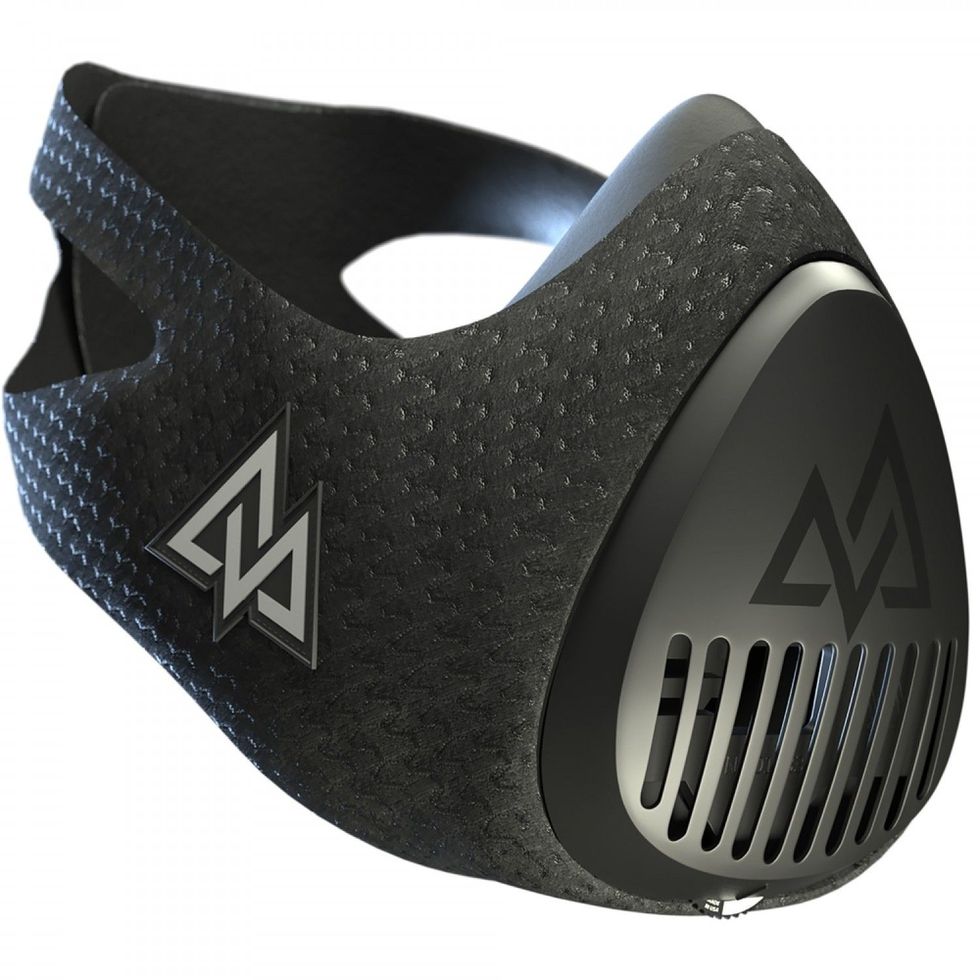Altitude masks, also known as elevation training masks or hypoxic masks, have gained popularity among athletes and fitness enthusiasts as a means to enhance their performance and endurance. These masks are designed to simulate the reduced oxygen levels experienced at higher altitudes, with the belief that training in such conditions can lead to improved cardiovascular fitness and endurance. However, the efficacy of altitude masks remains a topic of debate in the fitness and sports science communities. In this article, we will delve into the science behind altitude masks, their potential benefits, and the research supporting or refuting their effectiveness. Amazon.com
The Science Behind Altitude Masks
Altitude masks work by restricting the flow of air into your lungs, which reduces the amount of oxygen you can breathe in during exercise. This mimics the lower oxygen levels found at higher altitudes, where the air is thinner. The idea is that when your body is exposed to reduced oxygen levels, it will adapt by increasing the production of red blood cells and improving the efficiency of oxygen utilization, resulting in enhanced endurance and performance.
Benefits of Altitude Training
Proponents of altitude training masks claim several potential benefits, including:
- Improved Aerobic Capacity: Training in a low-oxygen environment may force the body to work harder to deliver oxygen to muscles and vital organs, which can lead to improved cardiovascular fitness over time.
- Enhanced Endurance: The reduced oxygen availability can stimulate the development of mitochondria, the powerhouses of cells responsible for energy production. This could theoretically lead to increased endurance.
- Mental Toughness: Wearing an altitude mask can be uncomfortable and challenging, which may help athletes develop mental resilience and discipline.
- Time Efficiency: Altitude masks offer a way to simulate high-altitude training without having to travel to high-altitude locations. Read more about do altitude masks work
Research on Altitude Masks
While the concept of altitude training masks sounds promising, the scientific evidence supporting their effectiveness is mixed. Many studies have explored the impact of altitude training on athletic performance, but the results are often inconclusive or contradictory.
One of the main issues with altitude masks is that they do not truly replicate the conditions of high-altitude training. In actual high-altitude environments, oxygen levels are lower, but the air pressure is also lower, which means the partial pressure of oxygen remains relatively constant. Altitude masks, on the other hand, reduce oxygen intake without affecting air pressure, creating a less accurate simulation.
Several studies have investigated the effects of simulated altitude training using masks. A 2016 study published in the Journal of Sports Science & Medicine found that wearing an altitude mask during training had no significant impact on VO2 max (a measure of aerobic capacity) or running performance compared to a control group. Another study in the Journal of Strength and Conditioning Research in 2017 similarly reported no significant improvements in performance or physiological variables in athletes using altitude masks.
However, some research has shown positive results. A study published in the Journal of Science and Medicine in Sport in 2019 found that altitude mask training improved endurance performance and time to exhaustion in trained cyclists. Another study in the European Journal of Applied Physiology in 2018 reported that altitude mask training led to increased red blood cell count and improved aerobic performance in elite rowers.
The mixed results from these studies indicate that the effectiveness of altitude masks may vary depending on the individual, the training protocol, and other factors.
Limitations and Considerations
Before incorporating altitude masks into your training regimen, it's essential to consider their limitations and potential drawbacks:
- Inaccurate Simulation: Altitude masks do not accurately replicate the conditions of training at high altitudes, which can limit their effectiveness.
- Discomfort and Breathlessness: Wearing an altitude mask can be uncomfortable and may lead to increased breathlessness, potentially limiting the quality of your workouts.
- Safety Concerns: Training with reduced oxygen intake carries the risk of hypoxia (oxygen deficiency), which can be dangerous if not properly monitored.
- Individual Variability: The response to altitude training varies among individuals, and what works for one person may not work for another.
- Lack of Long-Term Data: Long-term studies on the safety and efficacy of altitude masks are limited, making it difficult to assess their potential risks and benefits over time.
Conclusion
The question of whether altitude masks work is complex and multifaceted. While some studies suggest potential benefits in terms of improved endurance and performance, others have found no significant advantages. It's important to recognize that altitude masks do not accurately replicate the conditions of high-altitude training, and their effectiveness may vary from person to person.
Athletes and fitness enthusiasts should approach altitude masks with caution, considering their individual goals, training needs, and the potential risks associated with reduced oxygen intake. Consulting with a sports scientist or a qualified trainer who can tailor training strategies to specific objectives may be a more reliable approach to improving athletic performance and endurance. Additionally, more research is needed to better understand the long-term effects and safety considerations of using altitude masks in training programs. Visit official website trainingmask.com

